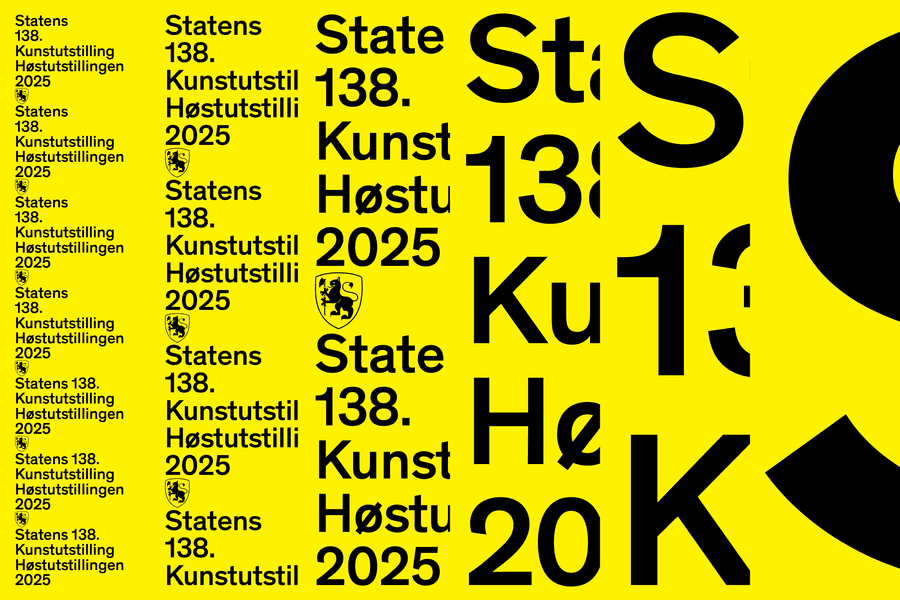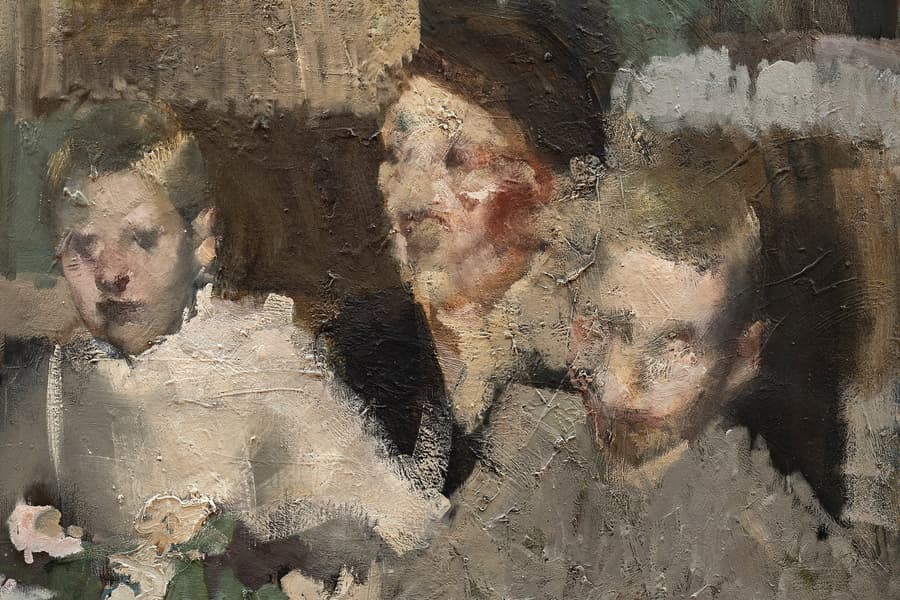Hannah Ryggen

In 1953, Kunstnernes Hus held an exhibition by Hannah Ryggen (1894-1970), which included several of her famous works, such as Ethiopia (1935) and October 6, 1942 (1942-1943). As the titles of some of her tapestries in the exhibition suggest, she often addressed political issues. It was described as follows in a Norwegian newspaper Friheten: «Hannah Ryggen fights against injustice and perpetual thinking, for tolerance and joy of beauty, and her weapon is her tapestries. In this struggle, she pours out her surplus, compassion, lush mood, often mixed with bitter irony, but above all her warm love for her surroundings. She lives intensely with her time, and the motives are clearly marked by this.»
Friheten, Saturday, March 21st, 1953
Catalog text
Hannah Ryggen has exhibited in Oslo several times before and she already has a prominent place in Norwegian art history. We know that our audience knows her. But we also know that any encounter with her visionary visual art will be a new and shocking experience. Her comments on the fateful events of the time, her poetic or deeply philosophical fantasies have the most intense expressive power.
She is a textile artist and it is the art industry museums that acquire her works. She is a specialist in wool and plant colors and has done the most diligent studies to reach the full mastery of her materials. Yet it is only in the exterior that her tapestries have anything to do with the art industry and we can not agree that she should be called an applied artist. This is not how her tapestries should be used. Like all great visual art, they lead us into the core of the human mind, and with her this core has a hot glow that can not fail to light us up. It contains compassion, a sense of justice and a willingness to fight for the highest goals in life.
Here she now comes with some of her older tapestries - «Henders bruk», «Grini», «Spania», «Lise-Lotte Herman», «Petter Dass». They have already shown their inspiring power. And then she meets with new tapestries that will join the others in our consciousness. In the coming years, they will be there as sources of power we can draw from when we need comfort and courage and verification of our existence.
She comes from the barren, windswept Ørlandet, but it is the warmth she brings. We cordially welcome you.
The board of directors at Kunstnernes Hus


